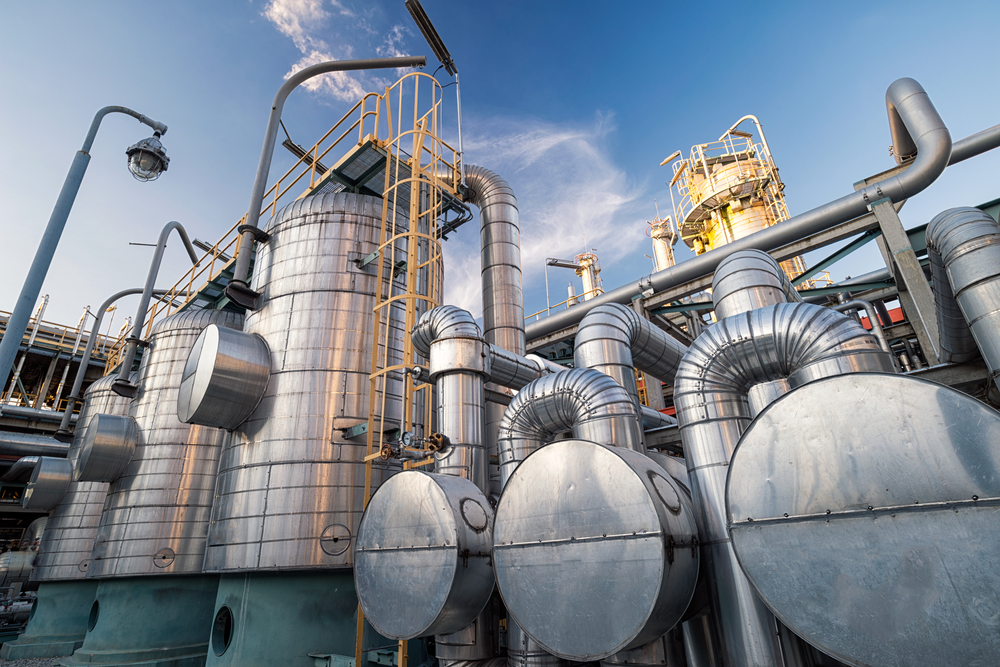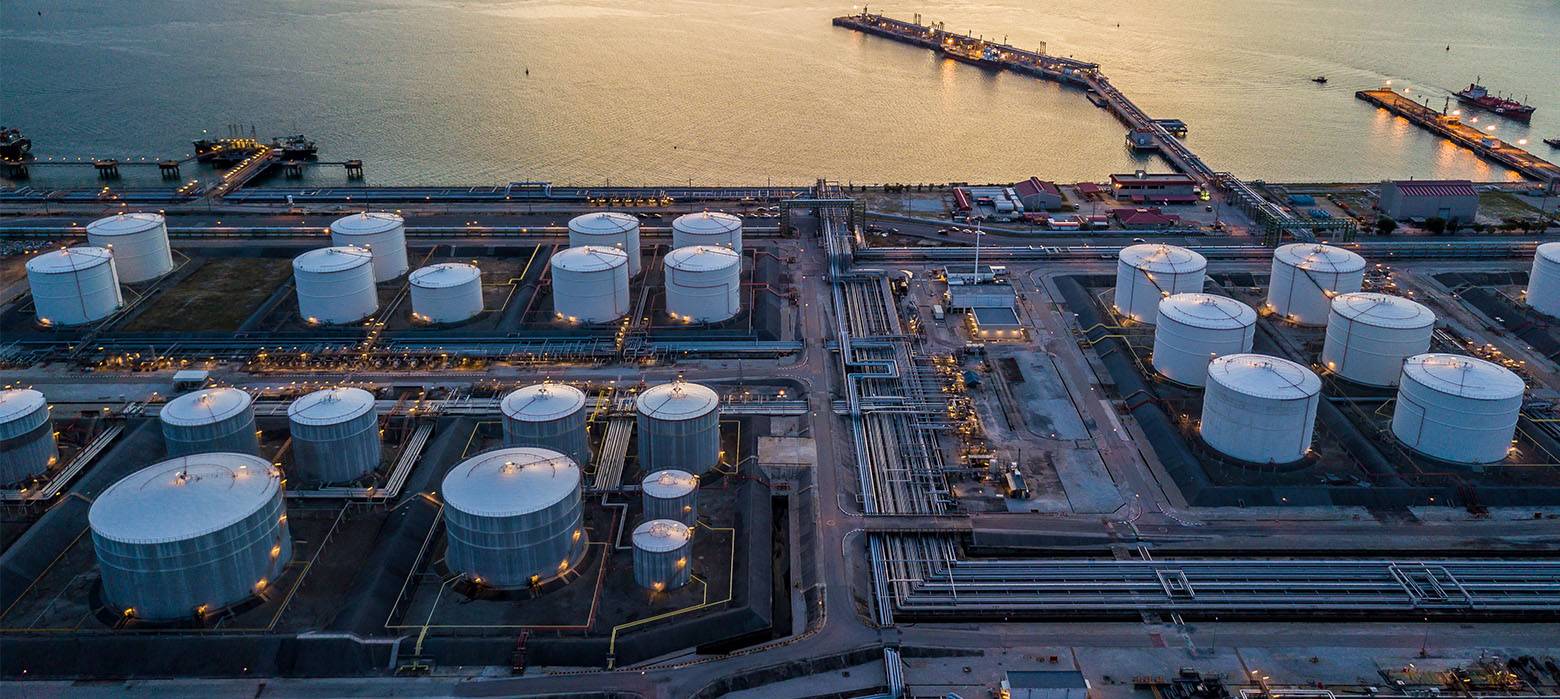
- admin
- February 28, 2024
Difference between Fixed and Floating Roof Tanks
Businesses in the oil and gas industry heavily rely on commercial storage tanks to hold significant quantities of fluids during different stages of purification. Here’s an insightful differences between Fixed and Floating Roof Tanks
Fixed-Roof Industrial Gas Tanks
Fixed-roof industrial gas tanks typically feature a narrow cone roof supported by a central column and either external or internal framing to bolster the roof plates. These tanks offer several key attributes:
Gauging and sampling hatch, also referred to as a thief hatch, facilitates sampling of contents for evaluation and serves as an access point for dip equipment to measure tank levels.
Vapor vent, also known as a breath valve, releases built-up pressure during filling, reducing the risk of tank damage. Additionally, it protects against implosion due to vacuum pressure when the tank is emptied.
Relief valve serves to release excess pressure if it exceeds safe limits.
Inert gas blankets, usually nitrogen, displace air to prevent contact with volatile vapors, preventing the formation of flammable or explosive mixtures.
Drains aid in separating and removing water from the product and assist in tank emptying during cleaning.
Nozzle rings on industrial gas tanks deliver foam to extinguish fires. When filling or emptying tanks, static electricity can accumulate, posing a fire or explosion risk, especially with flammable chemicals.
However, grounding the tank with an electric wire prevents static buildup. Service hatches, located at ground level or on the tank roof, allow access to the interior for maintenance, cleaning, and inspection.
Floating-Roof Industrial Gas Tanks
Many industrial gas tanks feature a floating roof designed to hover above the liquid, typically ethanol or gasoline.
This floating roof adjusts its position to accommodate changes in liquid volume during filling, emptying, or fluctuations in ambient temperature.
By floating, these tanks minimize the space between the liquid and the roof, significantly reducing vapor presence and minimizing evaporation losses.
In older generations of commercial storage tanks, the floating roof was essentially a large flat disk used to cover the liquid surface.
However, recent advancements have significantly improved roof design, minimizing vapor loss.
Today, there are primarily two types of floating-roof tanks: double-deck and pontoon.
Aside from features like access ladders, seals, water drains, and roof supports, they share similarities with fixed-roof tanks.
This concludes our discussion on two popular types of industrial gas tanks. If you know of any others, please share by commenting below!
- Differences Between Fixed and Floating Roof Tanks
- Fixed and Floating Roof Tanks
- Fixed roof tanks
- floating roof tank
Category
- Above Ground Fuel Tanks
- Above Ground Gas Storage Tank
- Above Ground Storage Tanks
- Above Ground Water Storage Tanks
- Agricultural Tanks
- Chemical storage Tanks
- Diesel Fuel Storage Tanks
- Diesel Storage Tanks
- Exernal FloatingRoof Tanks
- Farm Water Tank
- Fiberglass Oil Tanks
- Fiberglass Septic Tanks
- Fiberglass Tanks
- Fiberglass Underground Fuel Storage Tanks
- Field Erected Tanks
- Floating Roof Tank
- Food and Beverage Tanks
- Fuel tank
- Industrial Chemical Storage Tanks
- Industrial Gas Tanks
- Industrial Hot Water Storage Tanks
- industrial hot water tank
- Industrial Plastic Tanks
- Industrial Storage Tanks
- Industrial Tank heating pads
- industrial tanks
- Natural gas
- Natural gas vs Propane
- oil storage tank
- Oil Storage Tanks
- Peracitic Acid
- Petroleum Tanks
- Residential gasoline storage tanks
- Residential Water Storage Tanks
- Sodium Hydroxide Storage Requirements
- Sodium Hypochlorite Storage Tanks
- Steel Storage Tanks
- storage tank failure prevention
- Storage Tanks
- Sulfuric Acid Tanks
- Uncategorized
- UnderGround Storage Tanks
- Waste water tank
- Water Storage Tanks

 Tank Size Calculator
Tank Size Calculator





